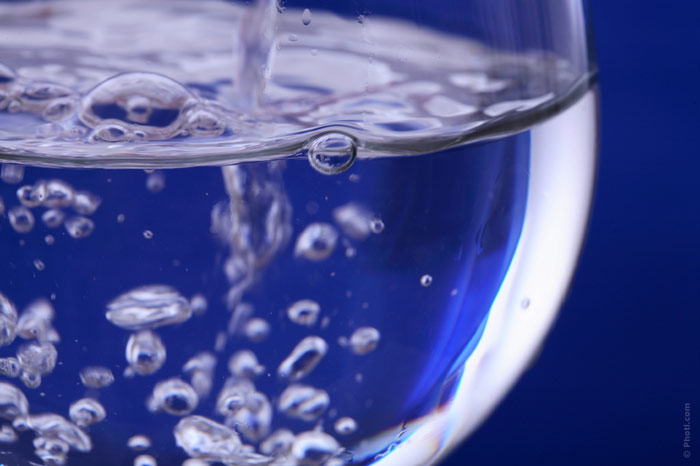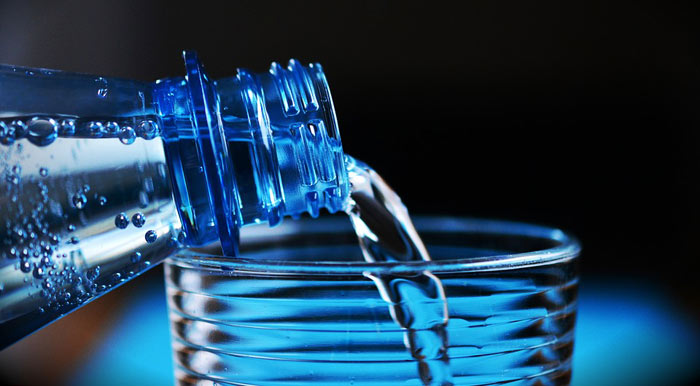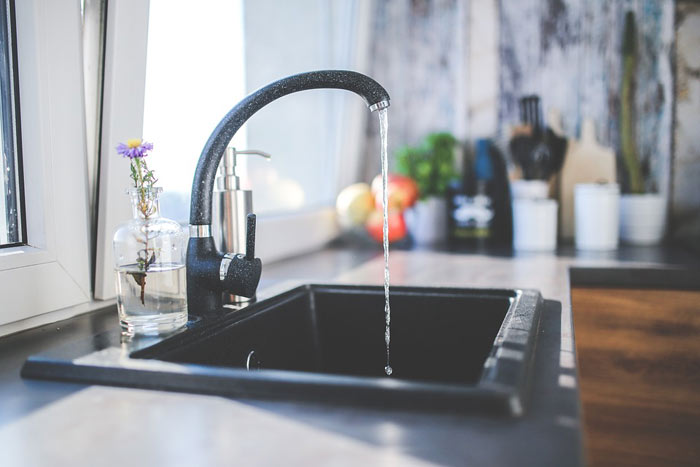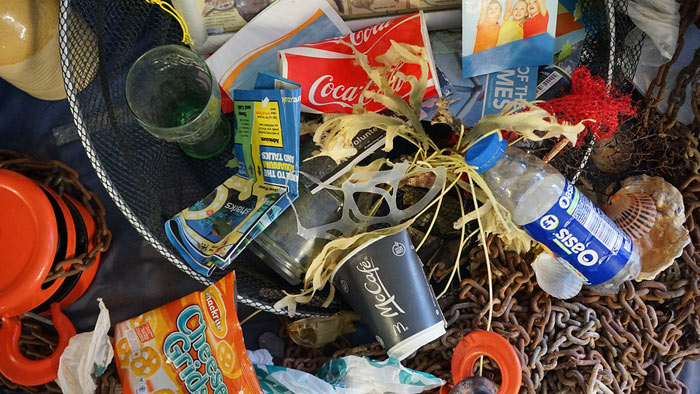The notion of certain water having special properties is one that has proved a lucrative money spinner for years. In the UK, the city of Bath built up an entire industry around its hot springs, attracting the wealthy city dwellers and providing the perfect backdrop for the society functions and intrigues that featured prominently in the works of Jane Austen. In the US, as long ago as 1760, Jackson’s Spa started selling bottled water, extolling its numerous but unspecified health-enhancing and therapeutic virtues.

English costume dramas and Yankee snake oil salesmen are one thing, but what is less clear is how these harmless, and possibly beneficial, enterprises of years gone by have turned into the monstrous money-making machine that the bottled water industry is today. The answer is a simple one – it all comes down to clever marketing.
A look at the bottled water industry
The numbers are truly incredible. Every second, 20,000 people around the world buy a drink in a plastic bottle, and around 50 percent of these are bottles of water. That amounts to a million bottles every minute. The industry generates more than $250 billion per year, and by 2021, that number is expected to hit $350 billion.
That equates to year-on-year growth of around 10 percent. Consumption of bottled water is rising everywhere – in the US, it is fueled largely by concerns over the safety of municipal supplies, particularly in the wake of the Flint crisis and other high-profile scandals that have hit the headlines.
However, by far the biggest escalation is in Asia, where consumption of bottled water is going through the roof. Here, the reasons are less about health and more about lifestyle. Drinking bottled water is seen as a sign of western-style freedom on the go, and across China, South East Asia and the Indian Subcontinent, people just can’t buy enough of the stuff.
Benefits of bottled water
 Watch footage from the most deprived third world locations on the planet, and there is no arguing with the importance of bringing bottled water to those in desperate need. But the case for those living in cities such as London, New York or Shanghai is less obvious. Many of us are still entranced by those promises of the snake oil salesmen that bottled water has mystical or therapeutic benefits. The truth, however, is that in the majority of cases, it is simply tap water that has been filtered.
Watch footage from the most deprived third world locations on the planet, and there is no arguing with the importance of bringing bottled water to those in desperate need. But the case for those living in cities such as London, New York or Shanghai is less obvious. Many of us are still entranced by those promises of the snake oil salesmen that bottled water has mystical or therapeutic benefits. The truth, however, is that in the majority of cases, it is simply tap water that has been filtered.
That, in itself, is no bad thing. Four years on, families are still counting the cost of Flint, and drinking filtered water is a wise precaution. The real question, however, is why any right-minded person would spend more than a dollar per gallon on buying filtered water in a bottle, when they can simply choose a water filter and do it themselves for a tenth of the price.
Why home filtration makes more sense
 Spending less than 10 cents per gallon on filtered water instead of a dollar or more is a compelling argument in and of itself. However, it does not stop there. The thing about bottled water is that it is not subject to quality regulations that are any more stringent than the EPA rules for municipal water. In other words, unless you go to the effort of digging around to find out what filtration methods a particular supplier uses, you cannot be sure what has been filtered out.
Spending less than 10 cents per gallon on filtered water instead of a dollar or more is a compelling argument in and of itself. However, it does not stop there. The thing about bottled water is that it is not subject to quality regulations that are any more stringent than the EPA rules for municipal water. In other words, unless you go to the effort of digging around to find out what filtration methods a particular supplier uses, you cannot be sure what has been filtered out.
With a home filtration system, you have complete control. For example, activated carbon and gravity filters are effective at removing bacterial contaminants, but without depriving you of essential minerals. Some gravity filters, such as those manufactured by Big Berkey, filter out fluoride, which is particularly important for those who are opposed to municipal fluoridation of drinking water.
Arguably, however, there is a third reason that is even more compelling, and one that could have dramatic implications for future generations: plastic water bottles are causing a global catastrophe on a scale that we are only beginning to comprehend.
Counting the environmental cost

If plastic water bottles had been around in Jane Austen’s time, there is no telling what the oceans would look like now. Fortunately, we have only been creating them since the 1950s, but even in that short time, billions have been carelessly discarded into rivers and lakes, and have found their way into the world’s oceans.
The fact that they do not biodegrade is well-known, but in some respects, they do something that is even worse. After long periods in salt water, the bottles break down into micro-plastics, fragments approximately five millimeters wide. These microplastics are found in the guts of around a third of sea life – and are, inevitably entering the human food chain too.
The bottled water industry continues to grow and make billions of dollars every year, but we are paying with more than just our wallets.










